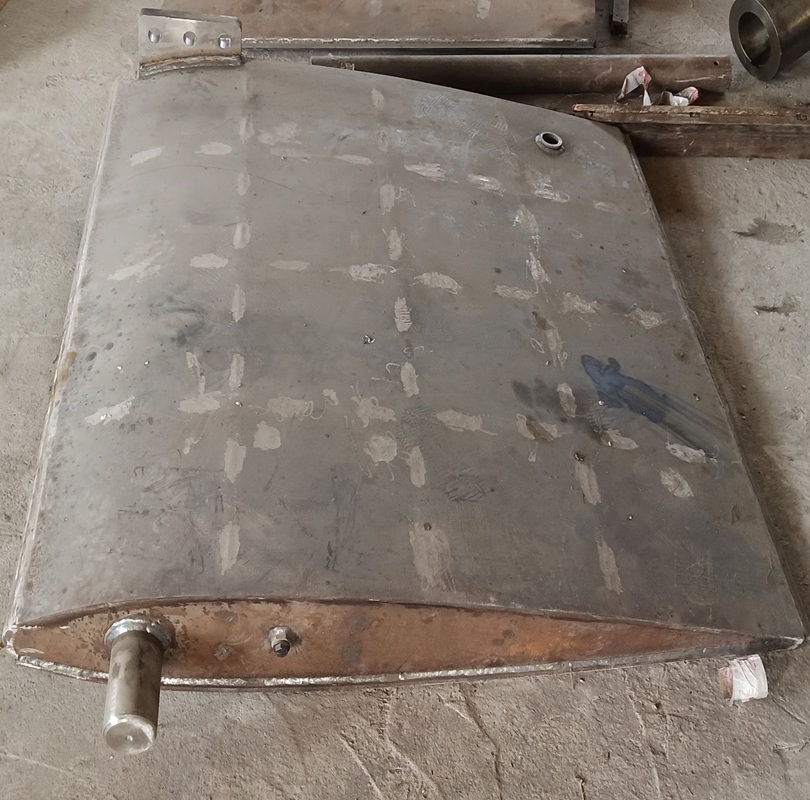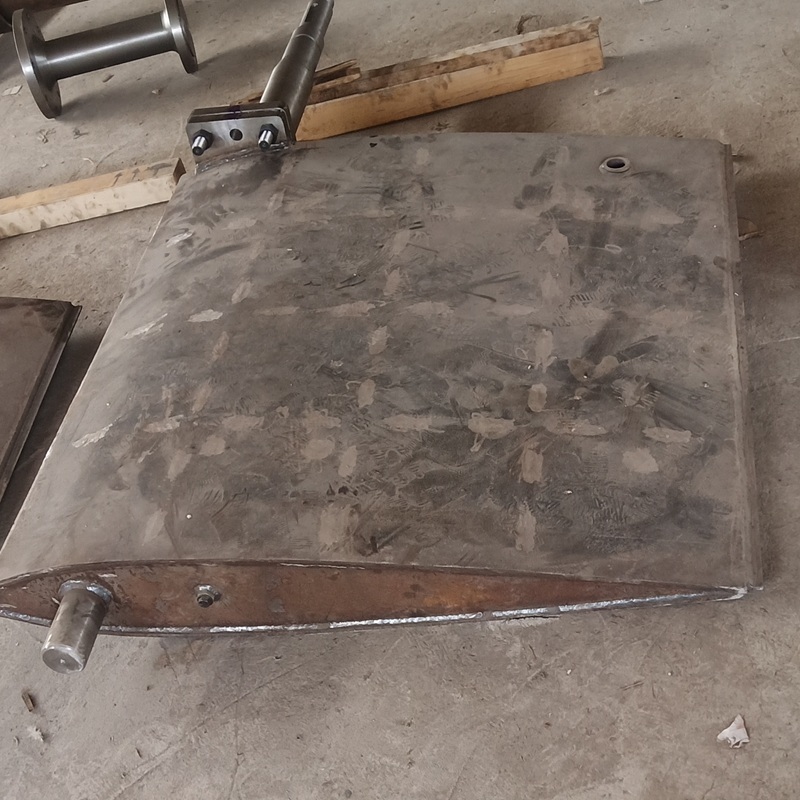The Essential Role of Rudder Blades in Marine Navigation
Release Time:
Jun 07,2025
In the realm of maritime navigation, the rudder blade serves as a pivotal component, influencing a vessel's maneuverability and overall performance. The rudder blade, typically located at the stern of a ship, is integral to steering and controlling the direction of the vessel. It operates by deflecting water flow, thus providing the necessary force to alter the ship's heading. The design of a rudd
In the realm of maritime navigation, the rudder blade serves as a pivotal component, influencing a vessel's maneuverability and overall performance. The rudder blade, typically located at the stern of a ship, is integral to steering and controlling the direction of the vessel. It operates by deflecting water flow, thus providing the necessary force to alter the ship's heading.
The design of a rudder blade is not merely aesthetic; it involves careful engineering to maximize efficiency and responsiveness. Rudder blades can vary in shape and size, depending on the type of vessel and its intended use. For instance, larger vessels often feature a more robust and expansive rudder blade to ensure better control at lower speeds, while smaller crafts may utilize a more compact design to enhance agility and responsiveness.
One of the critical aspects of rudder blade functionality is its interaction with water flow. When a vessel moves through water, the rudder blade creates a pressure differential on either side. This differential generates a turning moment, allowing the ship to change direction. The effectiveness of this system can be influenced by several factors, including the speed of the vessel, the angle of the rudder, and water conditions. Understanding these dynamics is essential for mariners and operators to navigate effectively and safely.
Moreover, the maintenance of rudder blades is crucial for optimal performance. Regular inspections can prevent wear and damage that could hinder functionality. Corrosion, particularly in saltwater environments, poses a significant threat to rudder blades, making it vital to implement protective coatings and maintenance schedules. Additionally, any misalignment or damage to the rudder blade can lead to inefficient steering and increased fuel consumption, further emphasizing the need for diligent upkeep.
Another important consideration in the design and operation of rudder blades is the advent of advanced technologies. Contemporary vessels are increasingly incorporating state-of-the-art materials and computer-aided designs, resulting in more efficient and durable rudder blades. Innovations such as active rudder systems allow for real-time adjustments based on vessel performance and environmental conditions, significantly enhancing navigational capabilities.
In conclusion, the rudder blade is a fundamental element in maritime transportation, impacting both safety and efficiency. A thorough understanding of its design, functionality, and maintenance is essential for professionals in the maritime industry. By prioritizing the performance of rudder blades, operators can ensure smoother navigation and a more effective response to the challenges of maritime travel.
The design of a rudder blade is not merely aesthetic; it involves careful engineering to maximize efficiency and responsiveness. Rudder blades can vary in shape and size, depending on the type of vessel and its intended use. For instance, larger vessels often feature a more robust and expansive rudder blade to ensure better control at lower speeds, while smaller crafts may utilize a more compact design to enhance agility and responsiveness.
One of the critical aspects of rudder blade functionality is its interaction with water flow. When a vessel moves through water, the rudder blade creates a pressure differential on either side. This differential generates a turning moment, allowing the ship to change direction. The effectiveness of this system can be influenced by several factors, including the speed of the vessel, the angle of the rudder, and water conditions. Understanding these dynamics is essential for mariners and operators to navigate effectively and safely.
Moreover, the maintenance of rudder blades is crucial for optimal performance. Regular inspections can prevent wear and damage that could hinder functionality. Corrosion, particularly in saltwater environments, poses a significant threat to rudder blades, making it vital to implement protective coatings and maintenance schedules. Additionally, any misalignment or damage to the rudder blade can lead to inefficient steering and increased fuel consumption, further emphasizing the need for diligent upkeep.
Another important consideration in the design and operation of rudder blades is the advent of advanced technologies. Contemporary vessels are increasingly incorporating state-of-the-art materials and computer-aided designs, resulting in more efficient and durable rudder blades. Innovations such as active rudder systems allow for real-time adjustments based on vessel performance and environmental conditions, significantly enhancing navigational capabilities.
In conclusion, the rudder blade is a fundamental element in maritime transportation, impacting both safety and efficiency. A thorough understanding of its design, functionality, and maintenance is essential for professionals in the maritime industry. By prioritizing the performance of rudder blades, operators can ensure smoother navigation and a more effective response to the challenges of maritime travel.
Keywords:




